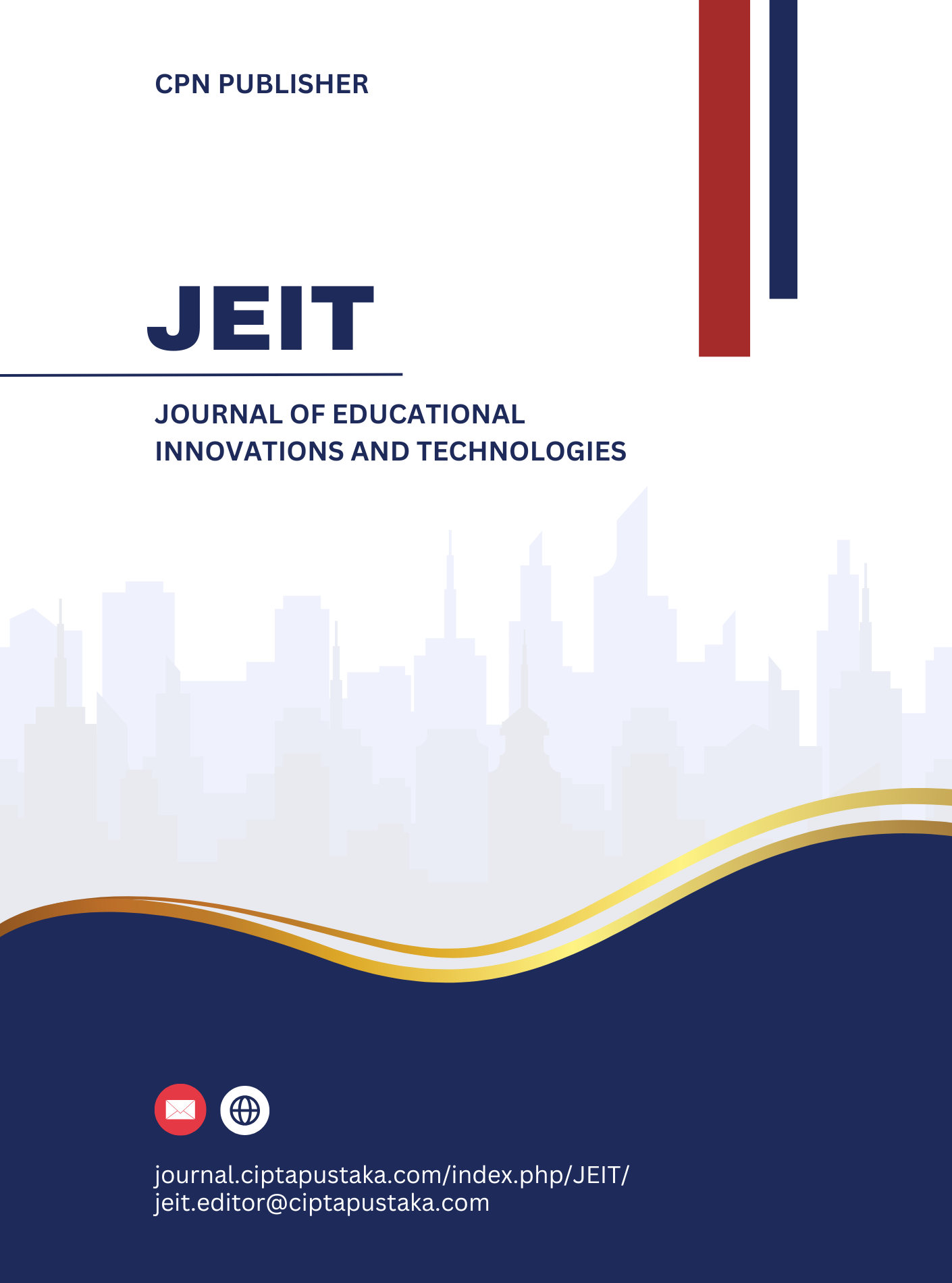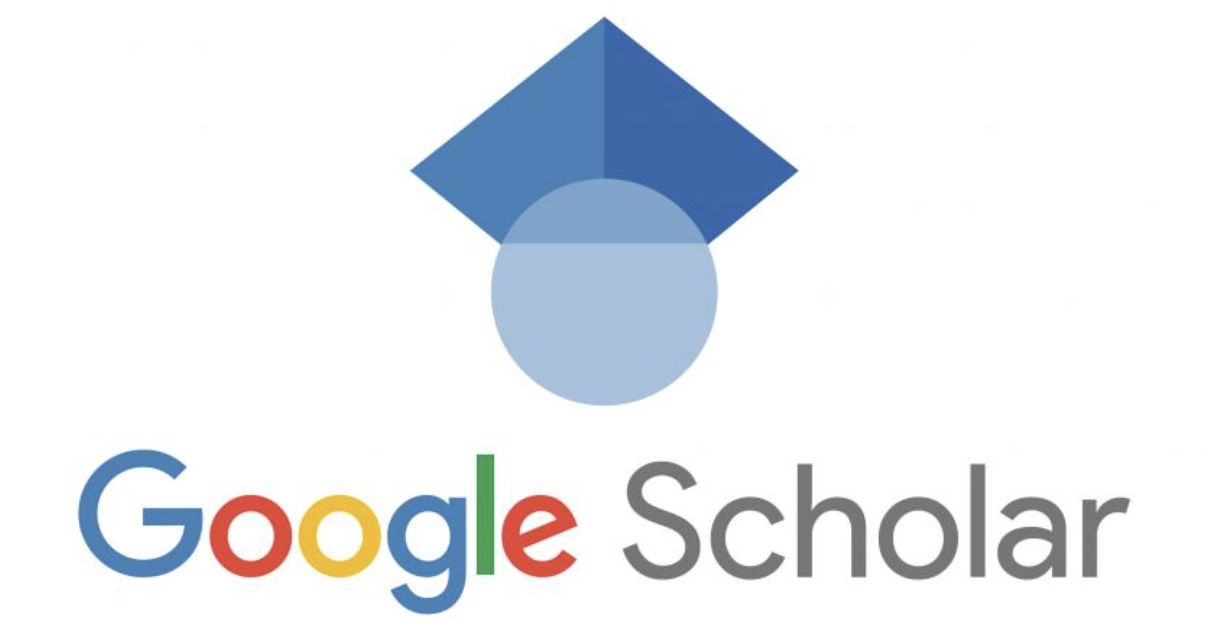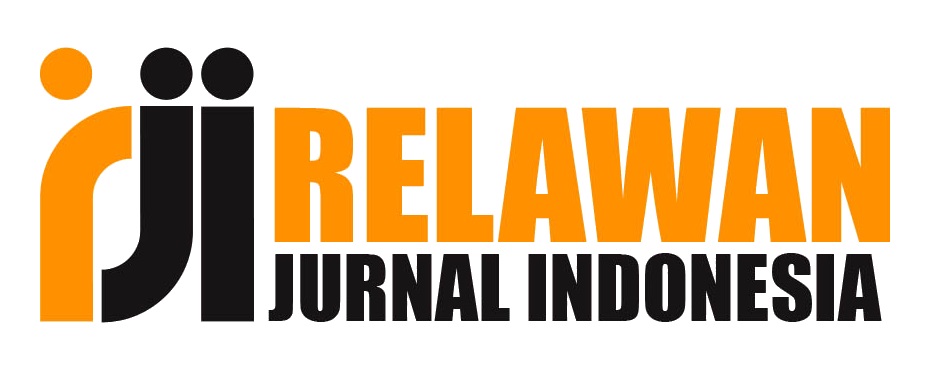The Use of Give One Get One Strategy to Improve Students’ Reading Comprehension in Recount Texts
DOI:
https://doi.org/10.63324/jeit.1.1.2025.49Keywords:
English Language Learning, Give One Get One Strategy, Quasi-Experiment Study, reading comprehension , Student EngagementAbstract
Reading comprehension is a crucial skill in English language learning, yet many students struggle to understand texts effectively. This study investigates the effectiveness of the Give One, Get One strategy in improving students' reading comprehension. A quasi-experimental design was employed, involving 70 tenth-grade students from SMK Muhammadiyah Pagar Alam, divided into an experimental group (35 students) and a control group (35 students). Both groups took a pre-test before the treatment and a post-test afterward. The experimental group received instruction using the Give One, Get One strategy, while the control group followed conventional teaching methods. Statistical analyses, including paired sample t-tests and independent sample t-tests, revealed a significant improvement in the experimental group's reading comprehension scores. The findings indicate that the Give One, Get One strategy is an effective and engaging approach for enhancing reading skills, promoting active participation, and increasing students' confidence in reading English texts. Teachers are encouraged to adopt this strategy to foster a more interactive learning environment. Future research should explore its impact on other language skills, such as listening, speaking, and writing.References
Alyousef, H. S. (2006). Teaching reading comprehension to ESL/EFL learners. Journal of Language and Learning, 5(1), 63-73.
Antoni, N. (2010). Exploring EFL teachers’ strategies in teaching reading comprehension. Jurnal Penelitian Pendidikan, 11(2), 39-51.
Arikunto, S. (2021). Dasar-dasar evaluasi pendidikan edisi 3. Bumi Aksara.
Cain, K., Oakhill, J., & Bryant, P. (2004). Children's reading comprehension ability: Concurrent prediction by working memory, verbal ability, and component skills. Journal of educational psychology, 96(1), 31.
Chersia, W., & Radjab, D. (2015). the effect of “give one get one” strategy and motivation on students’reading comprehension of narrative text at grade x of sman 7 padang 2014/2015 academic year. English Language Teaching (ELT), 3(1).
Cline, F., Johnstone, C., & King, T. (2006). Focus Group Reactions to Three Definitions of Reading (As Originally Developed in Support of NARAP Goal 1). National Accessible Reading Assessment Projects.
Commander, J. (1997). Effective Teaching Strategies and Tools: Strategies & Tools. New York: Clayton Public Schools.
Fraenkel, J. R., Wallen, N. E., & Hyun, H. H. (2012). How to design and evaluate research in education (Vol. 7, p. 429). New York: McGraw-hill.
Grabe, W., & Stoller, F. L. (2002). Teaching and researching reading. Pearson Education.
Harmer, J. (2007). The practice of English language teaching. Pearson longman.
Harris Karen, R., & Graham, S. (2007). Teaching Reading Comprehension to Students with Learning Difficulties.
Hasbi, M. (2017). Preparing digitally literate graduates through journal article reading-based activities. In: The 1st International Conference on English Language, Linguistics, and Literature (ICELLL 2017), 176-184. Institut Agama Islam Negeri Surakarta.
Hasbi, M., Alamsyah, A., Faozan, A., Astawa, N. L. P. N. S. P., Fauzi, A. R. (2024). Useful AI Tools For English Teachers. Rizquna. http://e-repository.perpus.iainsalatiga.ac.id/21414
Hasbi, M., Islamiah, N., Astawa, N. L. P. N. S. P., Hamidah, F. N., Nor, H., Februati, B. M. N. (2024). How to Teach English to Gen Z Students. Rizquna.
Hewi, L., & Shaleh, M. (2020). Refleksi hasil PISA (the programme for international student assesment): Upaya perbaikan bertumpu pada pendidikan anak usia dini. Jurnal Golden Age, 4(01), 30-41.
Kartini, R. D. (2017). teaching and learning reading through give one get one strategy at the first semester of the eighth grade of smpn 02 penawartama tulang bawang in the academic year of 2017/2018 (Doctoral dissertation, UIN Raden Intan Lampung).
Klingner, J. K., Vaughn, S., & Boardman, A. (2015). Teaching reading comprehension to students with learning difficulties, 2/E. Guilford Publications.
Lim, Justin. 2009. “Give One Get One.” Engaging difficult to reach students.
Mikulecky, B. S. (2008). Teaching reading in a second language. Recuperado de http://longmanhomeusa.com
Mohammad, Z. A., & Hasbi, M. (2021). Reading difficulties in English as a second language in Grade Five at a Saint Patrick's High School for Boys, Hyderabad--India. Arab World English Journal, 12(4), 521-535. https://dx.doi.org/10.24093/awej/vol12no4.34
Moreillon, J. (2007). Collaborative Strategies for Teaching Reading Comprehension. American Library Association.
Muthmainnah, N., & Hasbi, M. (2022). Can humanizing classroom meet EFL learners’ needs?. INSANIA: Jurnal Pemikiran Alternatif Kependidikan, 27(1), 53–64. https://doi.org/10.24090/insania.v27i1.6490
Nurchurifiani, E., Maximilian, A., Ajeng, G. D., Wiratno, P., Hastomo, T., & Wicaksono, A. (2025). Leveraging AI-Powered Tools in Academic Writing and Research: Insights from English Faculty Members in Indonesia. International Journal of Information and Education Technology, 15(2), 312–322. https://doi.org/10.18178/ijiet.2025.15.2.2244
Nuttal, C. (1982). Teaching Reading Skills in a Foreign Language.
Odell, S. J., Loughlin, C. E., & Ferraro, D. P. (1986). Functional approach to identification of new teacher needs in an induction context. Action in Teacher Education, 8(4), 51-58.
Preszler, J. (2005). Strategies to Help Struggling Readers Grades 4-12.
Safitri, E. (2018). The Effectiveness of “Give One-Get One” Activities to Improve the Students’ Reading Comprehension at the Eleventh Year of Madrasah Aliyah Al Mubarak DDI Tobarakka Kabupaten Wajo (Doctoral dissertation, IAIN Parepare).
Sari, A. S. (2022). Building Gen Z-Friendly Classroom Engagement. In M. Hasbi, N. Islamiah, & K. M. Budiana (Eds.), How to teach English to Gen Z students (pp. 91–96). Rizquna.
Sari, A. S. (2022). Revolutionizing Writing Instruction: A Closer Look at Wordtune for EFL Teachers. In M. Hasbi, et al. (Eds.), Useful AI tools for English teachers (pp. 337–343). Rizquna.
Sari, A. S., & Yuliana. (2022). Pengembangan modul bahasa Inggris berbasis kearifan lokal untuk mahasiswa program studi matematika di STKIP Muhammadiyah Pagaralam. Jurnal Ilmiah Korpus, 6(2), 143–154. https://doi.org/10.33369/jik.v6i2.23943
Sari, A. S., Lipta, & Marlinda, S. (2024). Enhancing Students’ Reading Comprehension through Reciprocal Questioning. LinguaEducare: Journal of English and Linguistic Studies, 2(1), 107-116. https://journal.ciptapustaka.com/index.php/LEC
Seaton, Andrew. 2006. “The Recount Genre”. Retrieved from http://www.andrewseaton.com.au/greecount.htmon July 1st, 2024.
Sejnost, R. L. (Ed.). (2009). Tools for Teaching in the Block. Corwin Press.
Siahaan, S., & Shinoda, K. (2008). Generic text structure. Yogyakarta: Graha Ilmu, 73.
Slavin, R. E. (1980). Cooperative learning. Review of educational research, 50(2), 315-342.
Snow, C. (2002). Reading for understanding: Toward an R&D program in reading comprehension. Rand Corporation.
Susanti, I., Buan, S., & Suhartono, L. (2013). The use of cloze procedure to test the students reading comprehension. Jurnal Pendidikan dan Pembelajaran Khatulistiwa, 2(2).
Yildirim, K., & Ates, S. (2012). Silent and oral reading fluency: Which one is the best predictor of reading comprehension of Turkish elementary students. International Journal on NewTrends in Education and Their Implications, 3(4), 79-91.
Zulianti, H., Hastuti, H., Nurchurifiani, E., Hastomo, T., Maximilian, A., & Ajeng, G. D. (2024). Enhancing Novice EFL Teachers’ Competency in AI-Powered Tools Through a TPACK-Based Professional Development Program. World Journal of English Language, 15(3), 117. https://doi.org/10.5430/wjel.v15n3p117
Zygouris-Coe, V. (2009). Teaching reading comprehension skills. Middle Matters, 17(4), 1-2











